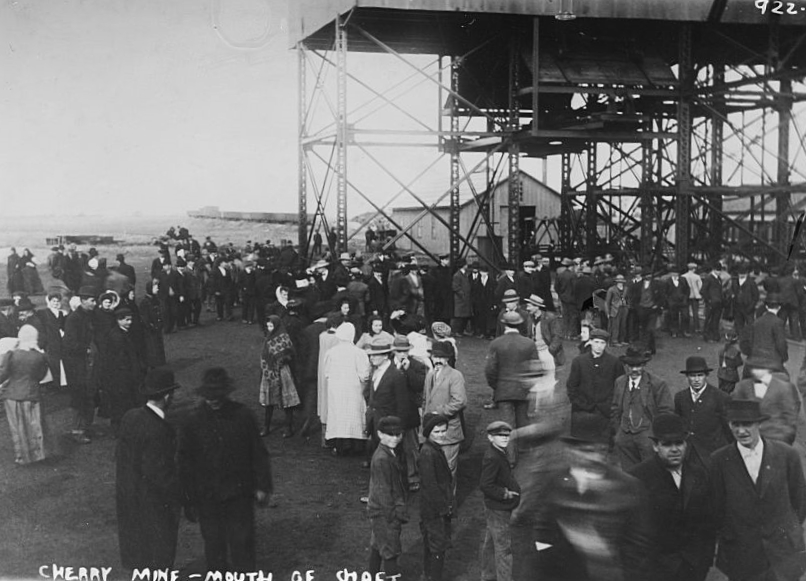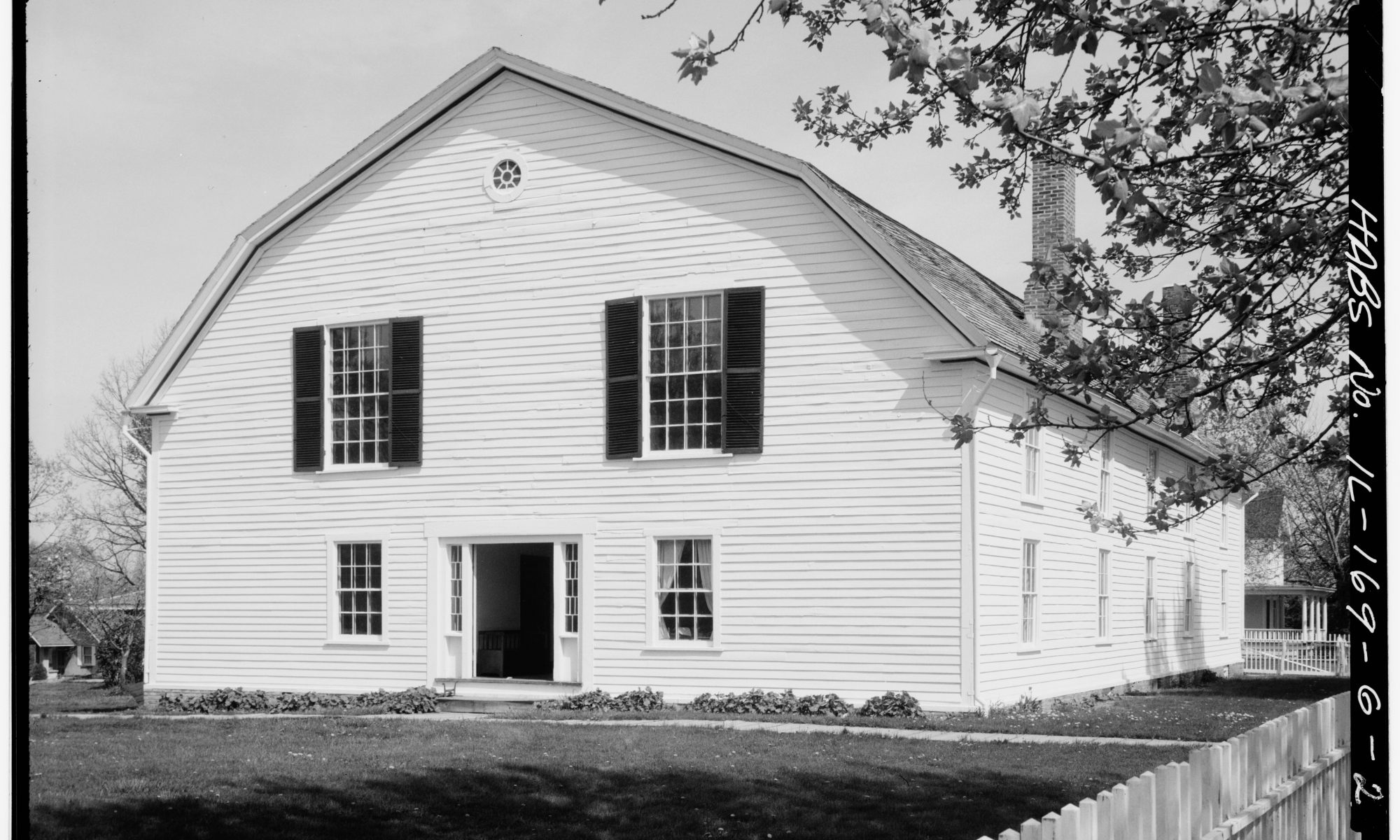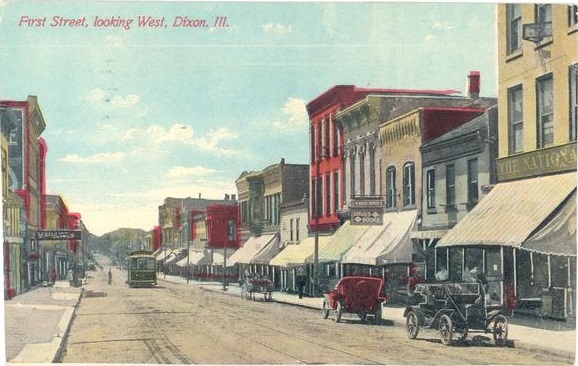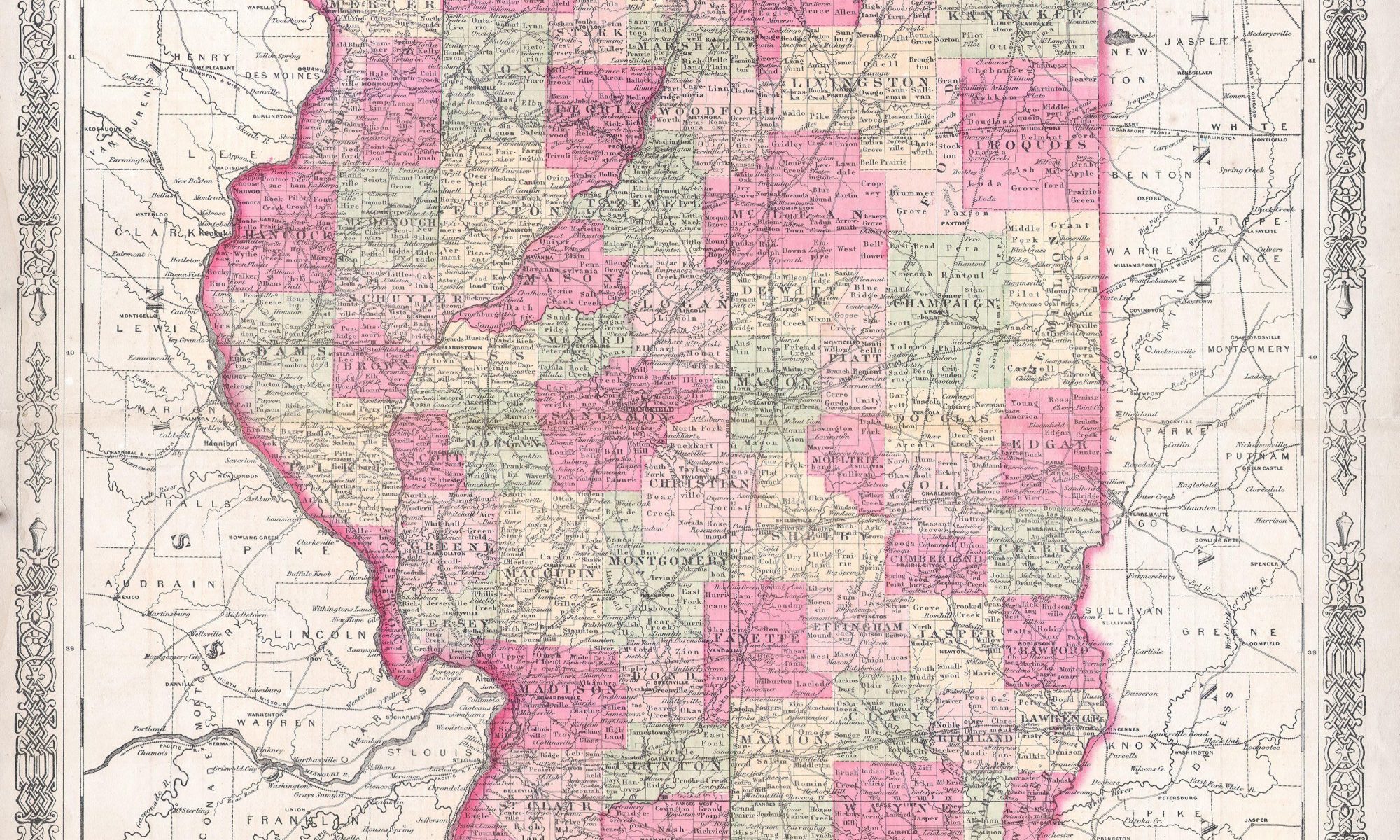This week we’ll be visiting Cherry, IL (pop. 461) for #SmallTownSaturday!
The village of Cherry was named after James Cherry, the superintendent of St. Paul Mining Company, and began primarily as a mining site. The mine attracted workers from around the world, and by 1909 more than 80% of Cherry’s mine workers were first generation immigrants.
On November 13, 1909 at around approximately 1:30 p.m., the Cherry mine became the site of the nation’s third most deadly mining disaster. The mine had three levels, or veins, although the first was inoperable. The second and third veins were only accessible to each other via wooden ladders.… Read More




